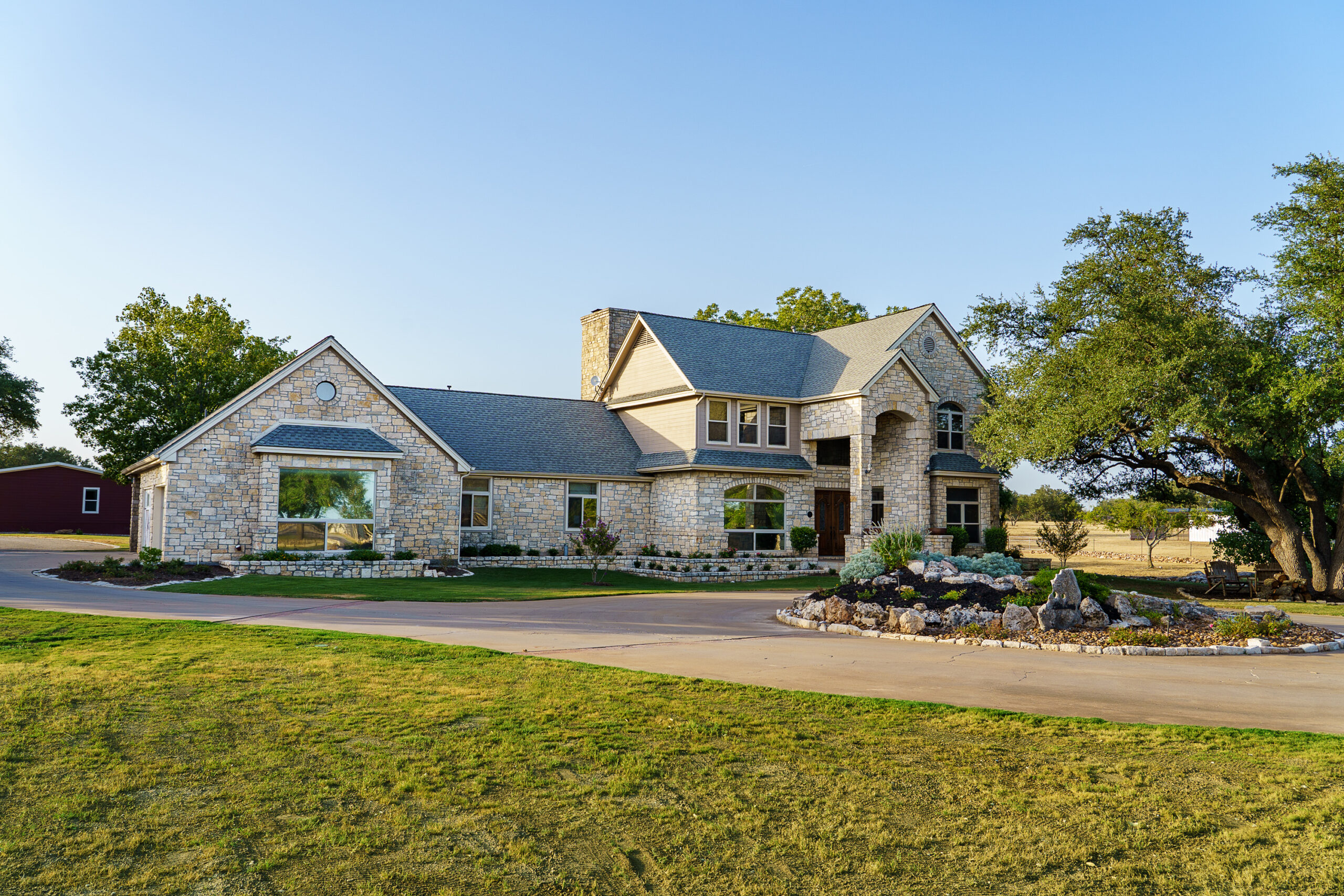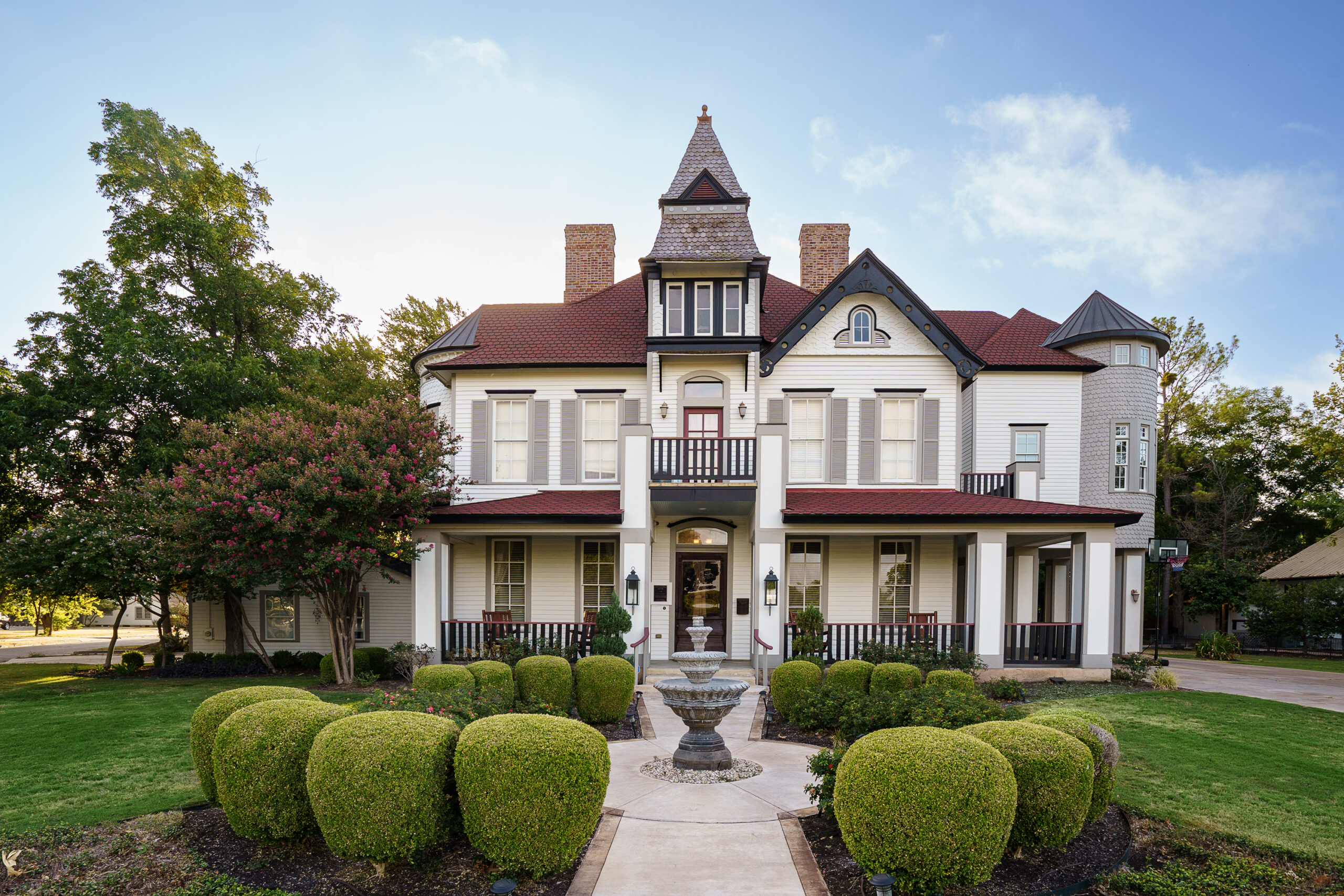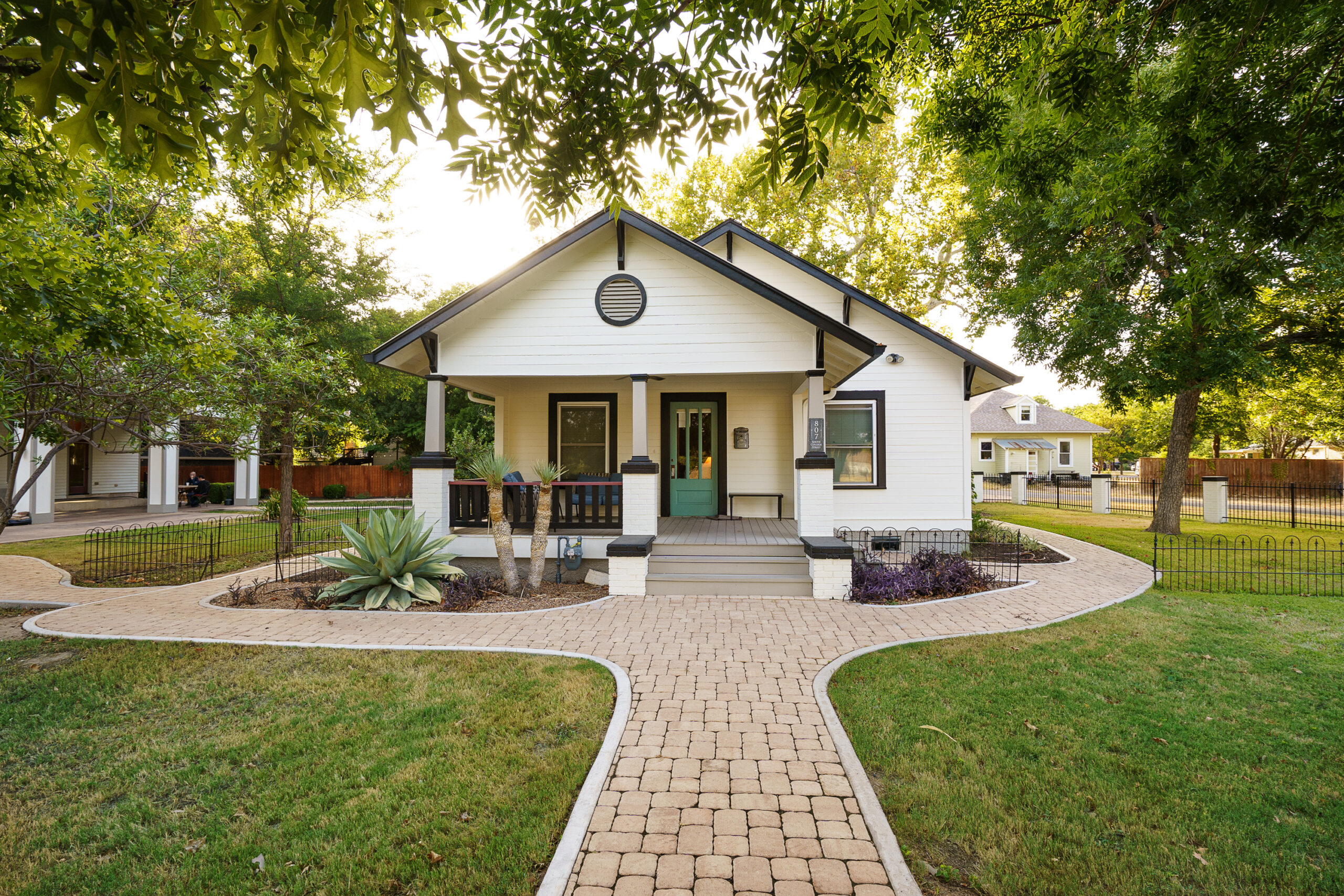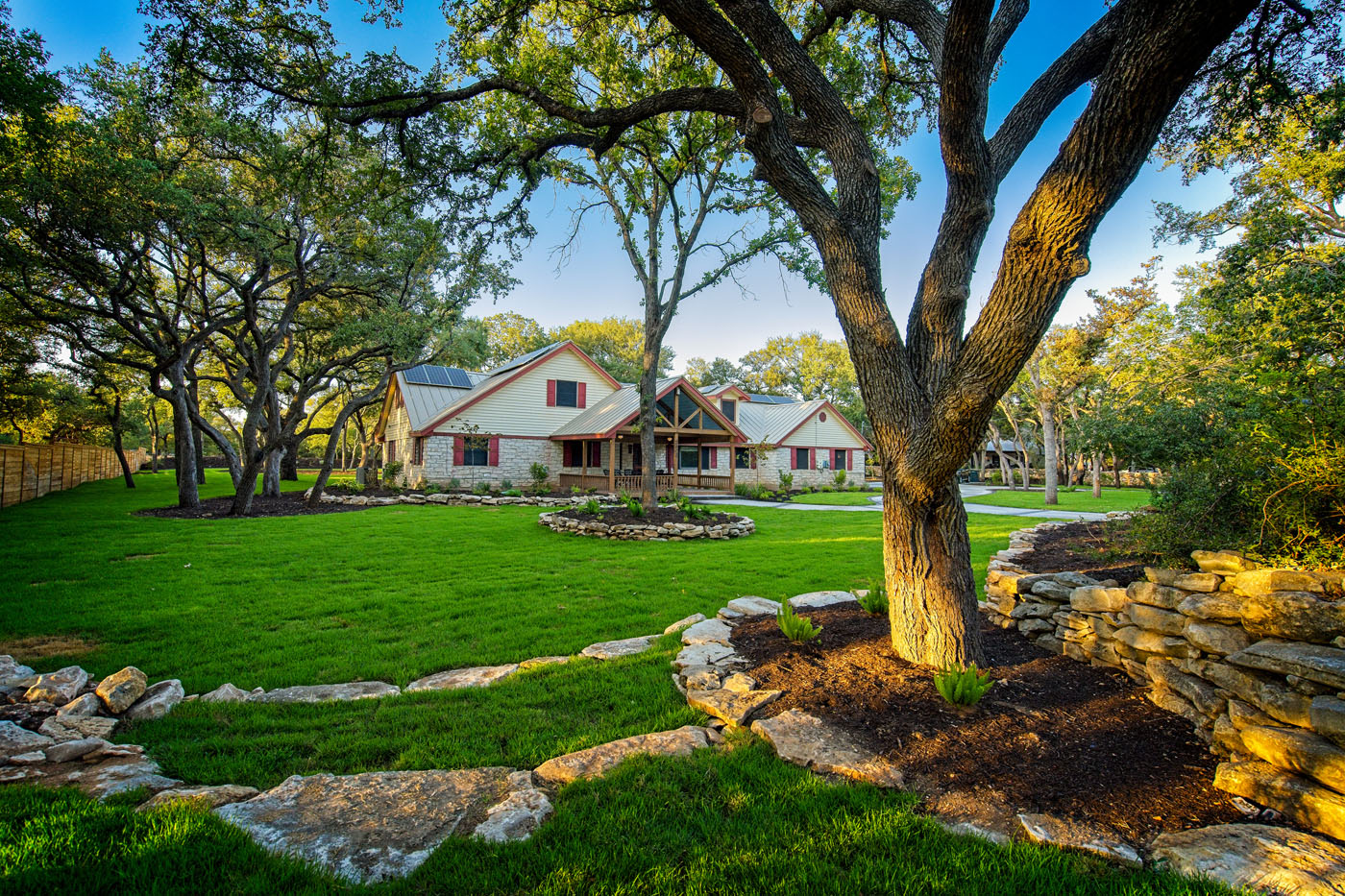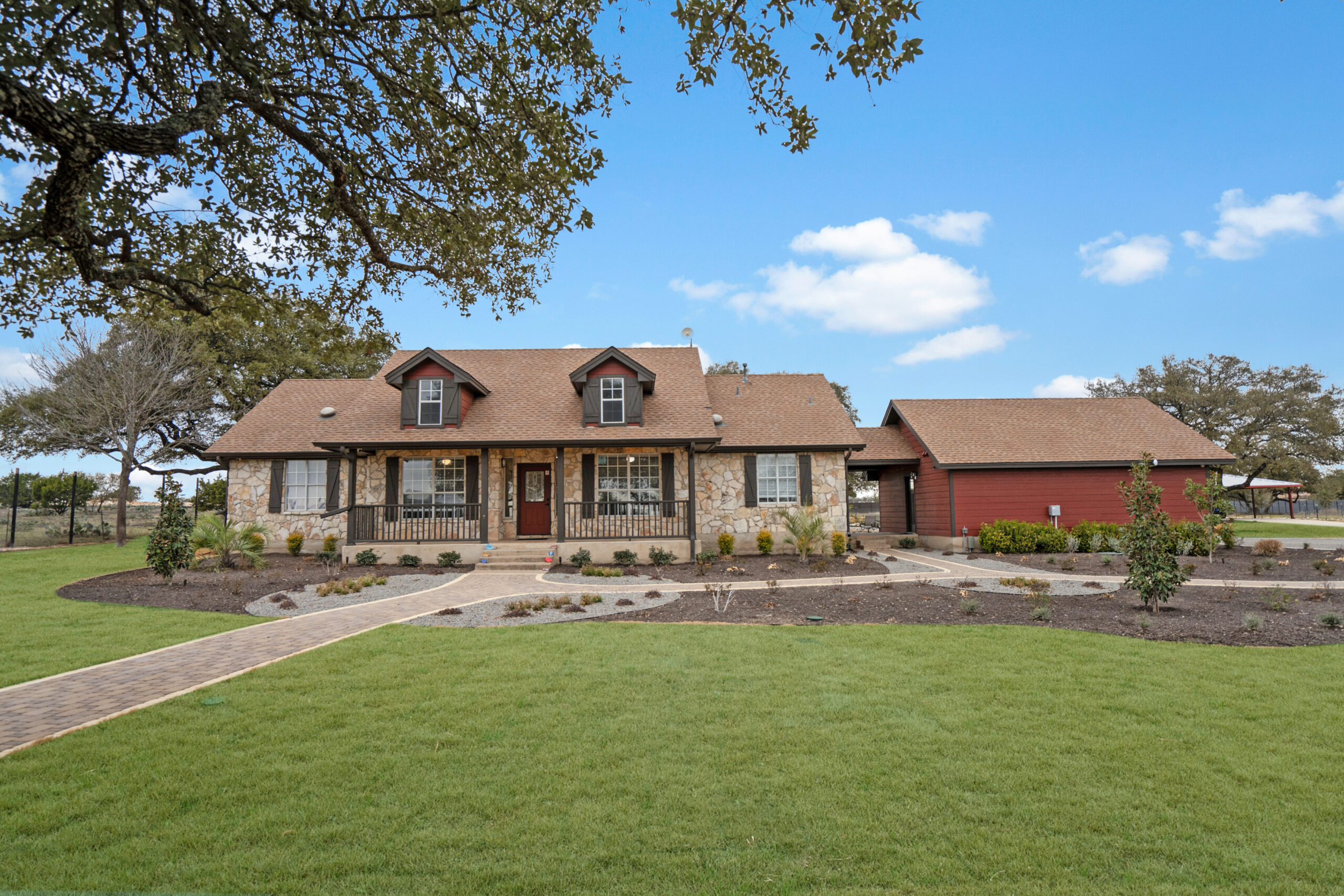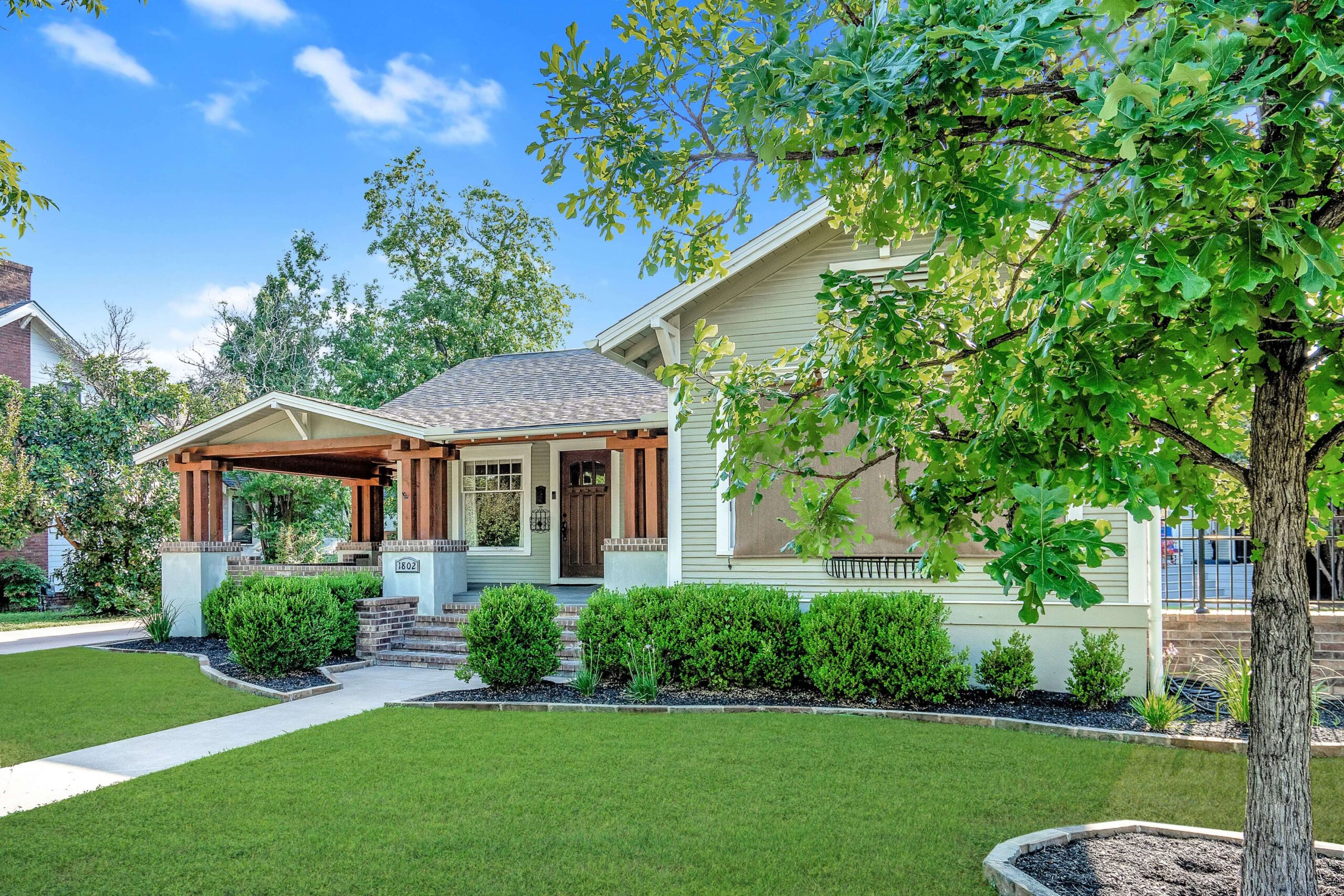Holistic Approach to Women’s Mental Health
Residential treatment centers for women’s mental health are increasingly adopting a holistic approach. This involves integrating traditional psychotherapy with complementary therapies aimed at nurturing the mind, body, and spirit. Techniques such as yoga, expressive arts therapy, and equine therapy are among the holistic modalities employed. As a professional with over 20 years of experience in the mental health sector, I’ve witnessed firsthand how such methods can significantly enhance a woman’s healing journey.
In a world where medication often takes center stage, offering alternative therapies allows women to find unique paths to recovery. Residential programs provide safe, supportive environments where women can explore these avenues. They combine the core principles of empathy, understanding, and innovation to facilitate healing beyond conventional means.
With programs focusing on emotional resilience and empowerment, women often find themselves on a path toward long-term mental health recovery. Providing resources and guiding them through transformation is integral to both their individual growth and the program’s success.
Benefits of Structured Residential Programs
One of the primary benefits of a structured residential program is the stability it offers. Individuals battling severe mental health conditions, such as bipolar disorder or borderline personality disorder, often require consistent schedules and support systems. Such environments limit stressors, providing predictability that aids in recovery.
The program’s structure typically includes daily therapy sessions, group activities, and community support, all crucial in helping women regain control of their lives. As someone who has worked within these frameworks, I’ve observed patients experiencing improved mental clarity and self-awareness, which facilitate their reintegration into society.
Residential treatment offers an escape from the pressures of daily life, giving patients time to focus solely on their recovery. With 24/7 access to professional care, women in these programs can address and manage their mental health issues in a focused manner, ultimately leading to better long-term outcomes.
Furthermore, the emphasis on life skills training and coping mechanisms equips those in treatment with the tools they need to tackle everyday challenges post-discharge. This comprehensive approach ensures a continuum of care, essential for sustainable recovery.
Who Benefits Most from Womens Mental Health Residential Treatment?
Women’s mental health residential treatment is particularly beneficial for individuals experiencing complex mental health issues or co-occurring disorders. Patients who often find themselves isolated, without adequate social support, or struggling to manage daily activities due to intense symptoms stand to gain the most from these programs.
These facilities offer a community-driven approach, essential for those needing an environment of understanding and empathy. Often, women who have experienced trauma, grief, or have less-developed coping skills benefit significantly from the supportive and structured environments these programs provide.
Another key demographic includes women in unstable home environments or those who have not responded to outpatient treatments. Here, residency provides a buffer, allowing individuals the space to engage fully with mental health professionals without external distractions.
By focusing on individualized care plans, residential treatment centers ensure that each woman receives a personalized approach, tailored to address her specific mental health needs. This attention to detail is vital for successful treatment outcomes.
What Qualifies as a Women’s Mental Health Residential Treatment Emergency?
An emergency for women’s mental health residential treatment typically involves scenarios where the individual’s safety or psychological stability is at risk. Instances may include severe self-harm ideation, acute psychotic episodes, or intense withdrawal symptoms.
Addressing these emergencies swiftly is crucial, as they often require immediate intervention from trained professionals. The priority is to stabilize the individual, ensuring both physical safety and mental security. Once the immediate crisis is under control, long-term treatment plans can be formulated.
If dealing with withdrawal symptoms from substances, residential centers provide medical evaluations and necessary support to manage both physical and psychological aspects effectively. This holistic intervention strategy aligns with best practices, emphasizing comprehensive care in acute phases.
It is important to recognize the signs early and seek appropriate help. Residential treatment centers are equipped to deal with emergencies, offering both immediate intervention and ongoing care to facilitate recovery.
Steps to Finding the Right Treatment Facility
- Identify specific mental health needs and any co-occurring disorders.
- Research facilities specializing in women’s mental health residential treatment.
- Review each facility’s treatment modalities and ensure they match personal needs.
- Contact facilities to discuss treatment options, insurance coverage, and ask about success rates.
- Visit potential centers, if possible, to gauge the environment and meet the staff.
- Ensure the chosen facility provides continuous care plans for reintegration post-treatment.
Choosing the right center is crucial for effective recovery. By following these steps, you can identify a facility that aligns with your therapeutic requirements and personal preferences.
Building A Community: Why It Matters
Residential facilities emphasize community as a cornerstone of healing. Shared experiences create strong bonds, encouraging women to support each other on their recovery journeys. This sense of camaraderie is invaluable, promoting empathy and mutual understanding.
Group therapy sessions and communal activities foster a supportive environment, essential for overcoming isolation–an all-too-common experience for those with mental health issues. I’ve seen how these connections not only improve therapeutic outcomes but also provide motivation and accountability.
Communities formed within treatment settings often continue beyond the program itself, offering a network of support for life outside of treatment. These relationships can be pivotal, providing ongoing encouragement and solidarity.
- Promotes mutual aid and understanding
- Reduces feelings of isolation
- Supports reintegration into everyday life
By making community building a priority, residential treatment programs for women’s mental health foster an environment where healing, growth, and long-term recovery take root.
